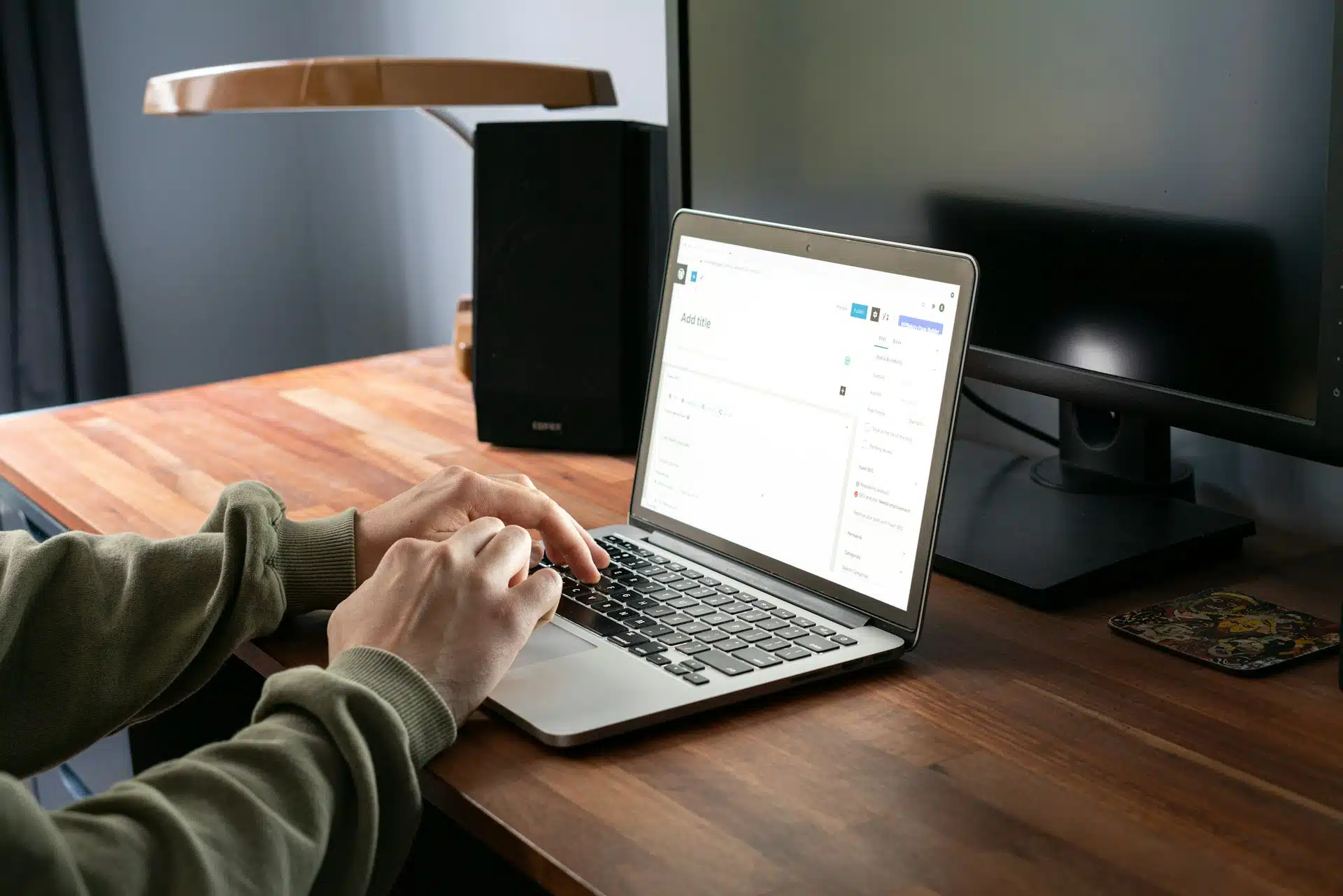

Updated Feb 26, 2019
Based on the fact that more adults than ever now carry smartphones around with them all day long, coupled with the fact that we’re all collectively spending more time on the Internet than ever before, you would be forgiven for thinking that digital marketing has totally replaced the “old school” print techniques of an era long passed.
You’d be forgiven because you’d also be very wrong.
In truth, print marketing is thriving – but it’s thriving alongside the digital techniques we now rely on. In fact, bringing your print and digital marketing efforts together is an incredibly important step to take these days for a number of reasons that are certainly worth exploring.
The Art of Integration
In order to get a better understanding of why it’s so important to integrate your print and digital marketing efforts together, it’s essential to understand just how effective print materials continue to be in the modern era.
According to one recent study, the average direct mail household response rate is about 5.1%. To put that into perspective, email alone comes in at just .6%. Paid search also comes in a .6%, while online display ads and social media come in at .2% and .4%, respectively.
But that’s not all. The median household return on investment for direct mail collateral is still at an impressive 29%, despite the fact that pretty much everyone is now on their smartphone all day long. In fact, the same study revealed that for every $167 spent on direct mail marketing in the United States, marketers can expect to sell about $2095 worth of goods in return.
Now, none of this is to say that you should suddenly eschew digital in favor of the tried-but-true print techniques of the old school. Far from it. Instead, this is all about the idea that when they’re combined properly, print and digital support and empower one another. Together, they have the potential to become something far more effective than either one of them could be on their own.
The Ripple Effect of Integration
Every piece of collateral that you create has the opportunity to become someone’s first exposure to your brand. We’ve written about this in the past – that’s why it’s so important to make the most of that first impression, to begin with. However, integration takes this one step further – if you can’t get them on the Internet, you can always get them in the “real world,” and vice versa.
Consider the stunning effectiveness of integrating print and digital together on one of the most important demographics there is – Millennials. One recent study revealed that your average Millennial spends about six hours per week online. The majority of them also prefer to shop online rather than in a store in their area.
But when it comes to actually market to those Millennials, things that a decidedly different approach. Remember when we said before that the average direct mail response rate is about 5.1%, which is very impressive when all things are considered? Take a look at how the numbers are affected when you narrow your audience down to just Millennials.
- That average response rate climbs to about 12.4% when you target someone between the age of 18 and 21.
- At least 42% of Millennial respondents say that they actually prefer direct mail ads over online ads. About 38% of them say that they like both around the same.
- A significant 23% of those who fall into the Millennial age range say that they’ve bought something as a result of receiving a piece of direct mail collateral in the last year.
- But most importantly, a full 66% of them are far more likely to remember to use something like a coupon if they have a physical copy to carry around with them during the day.
So in essence, what you’re really doing is beginning the conversation offline, taking it onto the Internet and getting someone ready to make a purchase in a much more effective and organic way than ever before.
Things don’t stop there, either. Another study revealed that marketing campaigns that use both A) direct mail, and B) one or more digital channels often experience a response rate increase of about 118% when compared to ONLY using one or the other.
This, at its core, is why integration on this level is so important. It’s also why tools like Visme (which I created to empower people to communicate visually) allow you to have one foot firmly planted in both worlds. Yes, you can use it to create your next presentation for online distribution. But you can also use it to help create that next great flyer you’re about to send out into the world, too.
Flyers give you the opportunity to capture people where they already are and deliver the most relevant information at the most relevant time; Canva’s ultimate guide to flyer design will help you do just that.
Again, you need to remember that the decision between print and digital marketing isn’t really a decision at all. It was never an either/or situation to begin with, even though a lot of people tried very hard to make it one. Monetizing your videos with a service like Uscreen is still very effective, but so is sending out direct mail as often as you have the opportunity to do so.
In the end, marketing is and will always be about reaching out to someone with the right message and exactly the right moment in their relationship with your brand. Print and digital collateral don’t change that. But it’s equally important to understand that the aforementioned “right moment” will change vary depending on the person. It’ll impact the “how” part of the equation, too.
All of this is why, if you’re not already embracing the power of integrating print and digital marketing together, now would be an excellent time to start. All creative print and digital ideas need to start with visual mood boards with tools like Milanote and a thirst to collaborate and commit endless ideas to help bridge the gap between the mediums and convey the brand experience to its very core.
About the Author
Payman Taei is the founder of Visme, an easy-to-use online tool to create engaging presentations, infographics, and other forms of visual content. He is also the founder of HindSite Interactive, an award-winning Maryland digital agency specializing in website design, user experience, and web app development.
Do you want to learn more about what builder works best for your business
Click here
Recent Articles
Write For Us
Think you’ve got a fresh perspective that will challenge our readers to become better marketers? We’re always looking for authors who can deliver quality articles and blog posts. Hundreds of your peers will read your work, and you will level up in the process.Ready to grow? Say Hello






